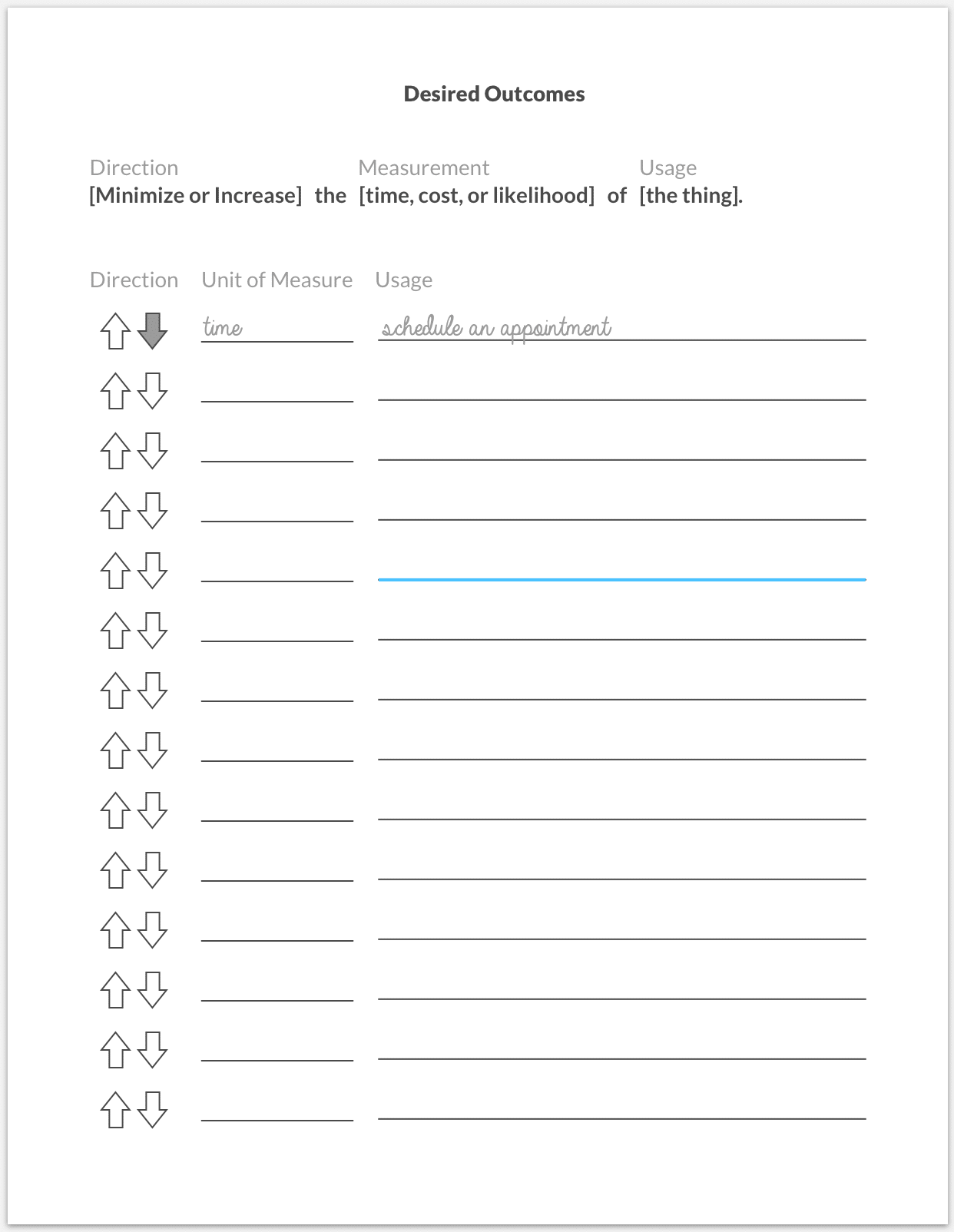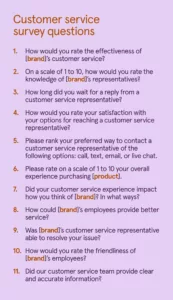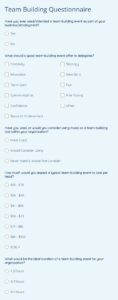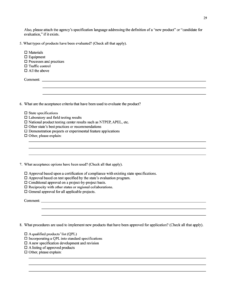This type of survey can be beneficial for businesses because it can help them to better understand the needs of their customers and develop products and services that are more likely to be successful.

There are many different types of “jobs to be done” survey templates available, but they all typically include questions that ask customers about their goals, motivations, and pain points.
Key Components of a “Jobs to be Done” Survey Template
A “jobs to be done” survey template typically includes the following key components:
1. Customer Profile Questions
These questions gather basic information about the customer, such as their age, gender, occupation, and industry.
2. Problem Identification Questions
These questions ask customers to identify the specific problems or challenges they are facing.
3. Solution Exploration Questions
These questions ask customers to explore potential solutions to their problems.
4. Value Proposition Questions
These questions ask customers to evaluate the value proposition of a potential solution.
5. Purchase Intent Questions
These questions ask customers about their likelihood to purchase a potential solution.
By including these key components in a “jobs to be done” survey template, businesses can gather valuable insights into the needs of their customers and develop products and services that are more likely to be successful.
How to Create a “Jobs to be Done” Survey Template
A “jobs to be done” survey template is a valuable tool for businesses that want to better understand the needs of their customers. By following these steps, you can create a survey template that will help you collect the data you need to develop products and services that are more likely to be successful.
1: Define the goals of your survey. What do you want to learn from your customers? Are you trying to identify new product opportunities? Improve existing products or services? Understand customer pain points?
2: Identify your target audience. Who are you trying to reach with your survey? Customers? Potential customers? Industry experts?
3: Develop your survey questions. Your questions should be specific and focused on the goals of your survey. Avoid jargon and technical terms that your target audience may not understand.
4: Test your survey. Before you launch your survey, test it with a small group of people to make sure that it is clear and easy to understand.
5: Launch your survey. Once you are satisfied with your survey, launch it to your target audience. You can use a variety of methods to distribute your survey, such as email, social media, or your website.
6: Analyze your results. Once you have collected your data, analyze it to identify trends and patterns. This information will help you to understand the needs of your customers and develop products and services that are more likely to be successful.
Summary: Creating a “jobs to be done” survey template is a valuable tool for businesses that want to better understand the needs of their customers. By following these steps, you can create a survey template that will help you collect the data you need to develop products and services that are more likely to be successful.
A “jobs to be done” survey template is a powerful tool that can help businesses better understand the needs of their customers. By asking customers about their goals, motivations, and pain points, businesses can gain valuable insights into what customers are trying to achieve and how they can help them succeed.
If you are looking to create a “jobs to be done” survey template, there are a few key steps you should follow. First, define the goals of your survey. What do you want to learn from your customers? Second, identify your target audience. Who are you trying to reach with your survey? Third, develop your survey questions. Your questions should be specific and focused on the goals of your survey. Fourth, test your survey. Before you launch your survey, test it with a small group of people to make sure that it is clear and easy to understand. Fifth, launch your survey. Once you are satisfied with your survey, launch it to your target audience. Finally, analyze your results. Once you have collected your data, analyze it to identify trends and patterns. This information will help you to understand the needs of your customers and develop products and services that are more likely to be successful.


